How to choose a camping mattress/sleeping pad
We have known how to choose tents and sleeping bags, it is also necessary to choose a suitable sleeping pad. A good, suitable sleeping pad can make you more comfortable during camping Life.
When camping in the winter, campers often wake up from the cold because they sleep directly on the floor mats. Sleeping pads can not only improve sleeping comfort but also prevent heat loss and keep warm. So when camping out overnight in winter, be sure to bring a suitable sleeping pad.
How to choose a sleeping mat?
Before answering this question, let’s solve some campers’ questions.
Why can't you just wear a sleeping bag and sleep on the floor?
Evaporation, convection, conduction, and radiation are four ways of losing heat from the body. The convection and conduction heat dissipation most because while you sleeping, you are lying down.
If you sleep on the floor directly, you will feel cold whatever how thick your sleeping bag is, because the ground is constantly sucking your heat away. There is a large loss of heat, it may let you weakness on the second day, and the worst is direct loss of temperature at night.
1. Type of Sleeping pads
Common sleeping pads can be roughly divided into three types:
- Foam sleeping pad
- Inflatable sleeping pad
- Self-inflatable sleeping pad
Foam sleeping pad
→ Naturehike Potable Foma Camping Sleeping Pad
→ Naturehike Foam camping Mattress
Foam sleeping pad is made of foam/high-density foam material, does not need to be inflated, just unfold it for use. There are many closed air holes inside the foam. They can be rolled up, or Z-folded.

The biggest advantage is that it is not afraid of being punctured, even if it is damaged, it still has the ability to block cold. Fold-able for storage, lightweight material, very suitable for mountaineering use.

However, it is not suitable for use in winter or cold mountains because of its thin thickness, relatively poor comfort, and average heat preservation effect, which cannot well isolate the cold and damp air.
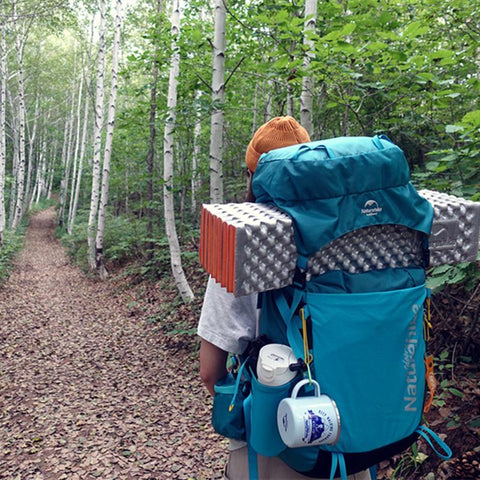
It can be used in combination with inflatable sleeping pads and automatic inflatable sleeping pads to achieve better thermal insulation and moisture-proof effects.
- Advantages: Lightweight, Low price, Durable
- Disadvantages: Relatively large volume, Poor comfort, Hard
Inflatable sleeping pad
→ Naturehike Ultralight Lightweight Pad Camping Air Mattress
→ Naturehike 2P Multifunctional Camping sleeping pad
Inflatable sleeping pads are becoming lighter and lighter, making them very suitable for backpacking. Many inflatable sleeping pads now also use warm materials or reflective materials to increase warmth.

The inflatable sleeping pad must be blown into the air by itself, or use an inflator(like Air Pump/ Inflatable Bag) to inflate. If the air bed is larger, it can be matched with an electric inflator to facilitate inflating and deflating.
In addition to fabrics (some use thermal insulation materials), only air supports the internal structure and load-bearing capacity. In addition, it is easy for moisture to enter the mattress and shorten the service life.
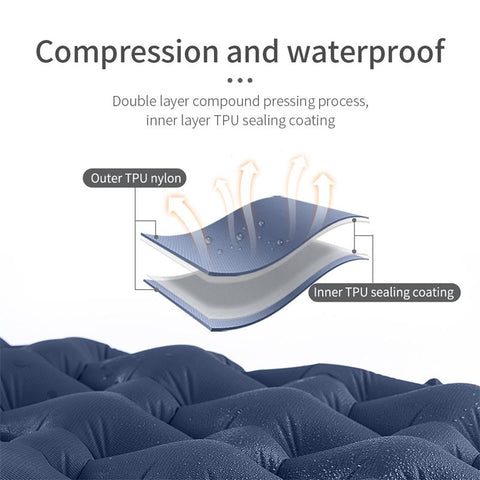
The air layer can slow down heat conduction and insulate the body from contact with the cold ground, making it more suitable for use in cold environments. The storage of inflatable sleeping pads is also very simple, and the body is small, which is more convenient to carry than self-inflated mattresses.
This type of air bed is very light and suitable for backpackers, but it is not comfortable enough to cater to people who are used to sleeping sideways.
- Advantages: Relatively comfortable, Lightweight, Small footprint, and Easy to carry.
- Disadvantages: When the temperature is low, the ordinary air bed is generally insulated. The outdoor dedicated air bed uses a special insulation layer. If you have purchased an ordinary air bed, you can lay a layer of insulation under the air bed to enhance the insulation performance. If two people share an air bed, it is easy to interfere with each other. After all, one person turning over will directly cause airflow and affect the other person's sleep.
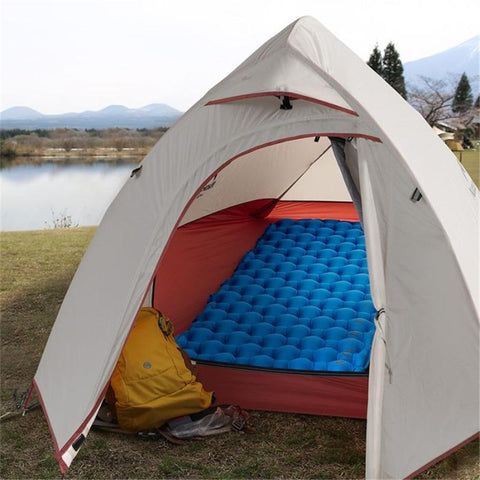
Self-inflatable sleeping pad
→ Naturehike Single/Double Self-Inflating Camping Mattress
The biggest difference is that in addition to air, there is also an insulation foam filling material, which plays a role of comfort and warmth. The body heat at night is less likely to be dissipated from the floor through the mattress.

The self-inflating sleeping pad has an open-hole foam, which can Self open the sleeping pad so that the sleeping pad can inhale air to produce thickness. Usually, there is an air inlet and outlet.
While you open the sleeping pad it will start to inflate automatically, and then lock the airport so that the air will not escape when you lie on the mattress. When storing, open the airport to squeeze out the air while rolling up the sleeping pad, and finally to lock the airport to prevent air from entering the sleeping pad.
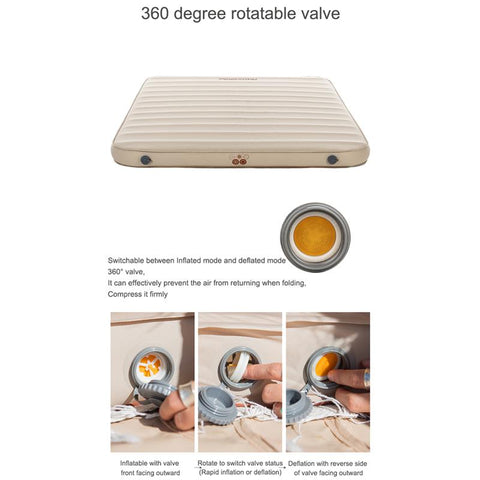
There are two types of Self inflatable sleeping pads: thin and thick. The first one is lighter and suitable for mountaineering, but it cannot keep warm. The thick sleeping pad is larger and heavier after storage, which is more suitable for general camping and family camping, and the comfort is much higher!
Self-inflating mattresses on the market range from 3 cm to 15 cm. If you want comfort, especially if you like to sleep on your side, it is recommended to choose a thickness of 7.5 cm or more.
- Advantages: Warmth and support are better. Inflation is simple, just open the inflation valve and unfold the mattress. The air will fill itself through the inhalation valve. The comfort of the cushion can be adjusted by adjusting the air pressure.
- Disadvantages: The weight is relatively heavy, usually more expensive than ordinary foam cushions, and it is small without inflatable sleeping cushions. They are easily pierced or torn
2. What kind of camping?
The sleeping mats used in different camping types are different.
If you are more frequent mountaineering and camping, it is more suitable to choose a lightweight foam sleeping pad or a thin self-inflating sleeping pad.
But if you are general camping or family camping, you do not need to carry sleeping pads when driving to the camp, and you want to sleep comfortably with your family and friends, then choose inflatable sleeping pads and thick inflatable sleeping pads as the main consideration.
3. Sleeping Pads size
Choose the right size according to yourself, the number of people, and the camping situation. According to the number of sleeping mats that can be put in the tent, the width should be appropriately smaller than the inner account. This choice is safer
Summarize
So when choosing a sleeping pad, we need to consider these issues:
- Type of Sleeping pads
- Size of sleeping pads
- Type of camping
The same as choosing a tent and sleeping bag, it's better to experience it in the store. Hope it can help you to choose a suitable sleeping pad.
Related Articles:
How to choose a tent?
5 advice to choose a sleeping bag
Camping Checklist



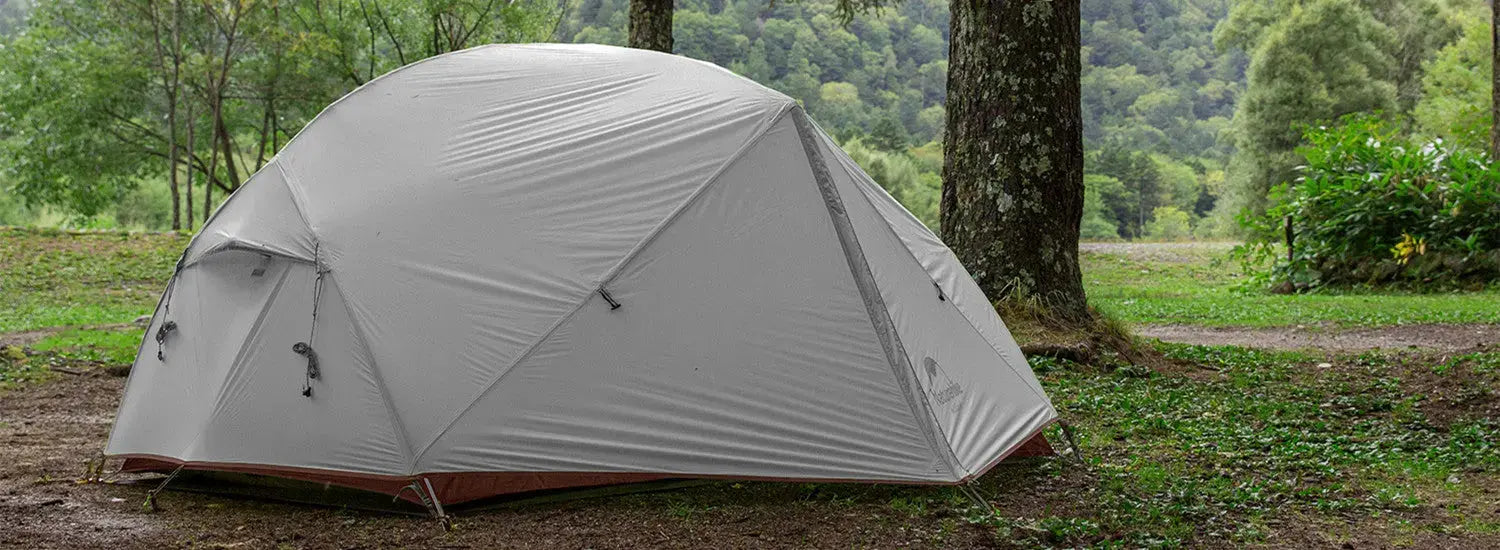
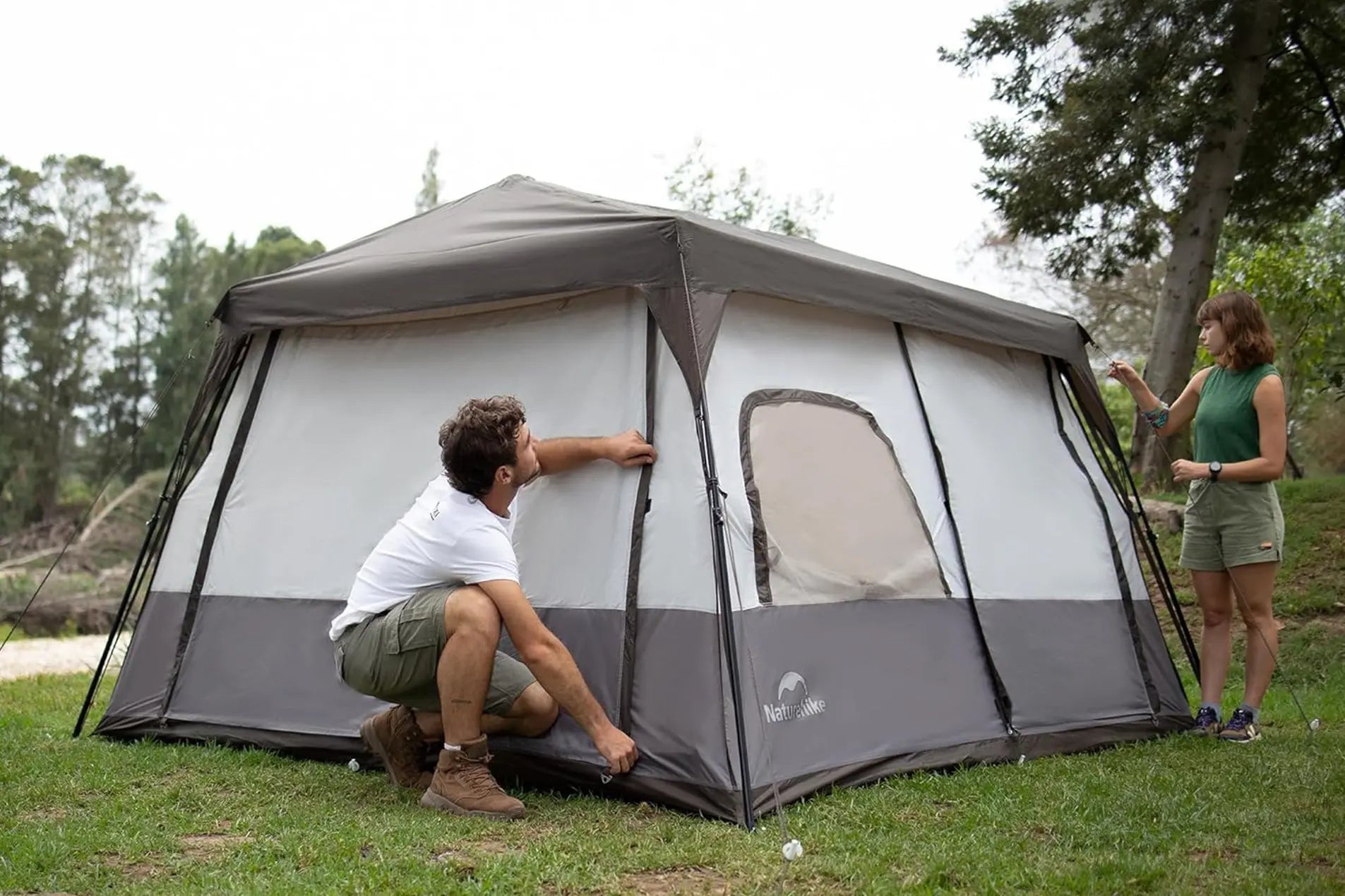

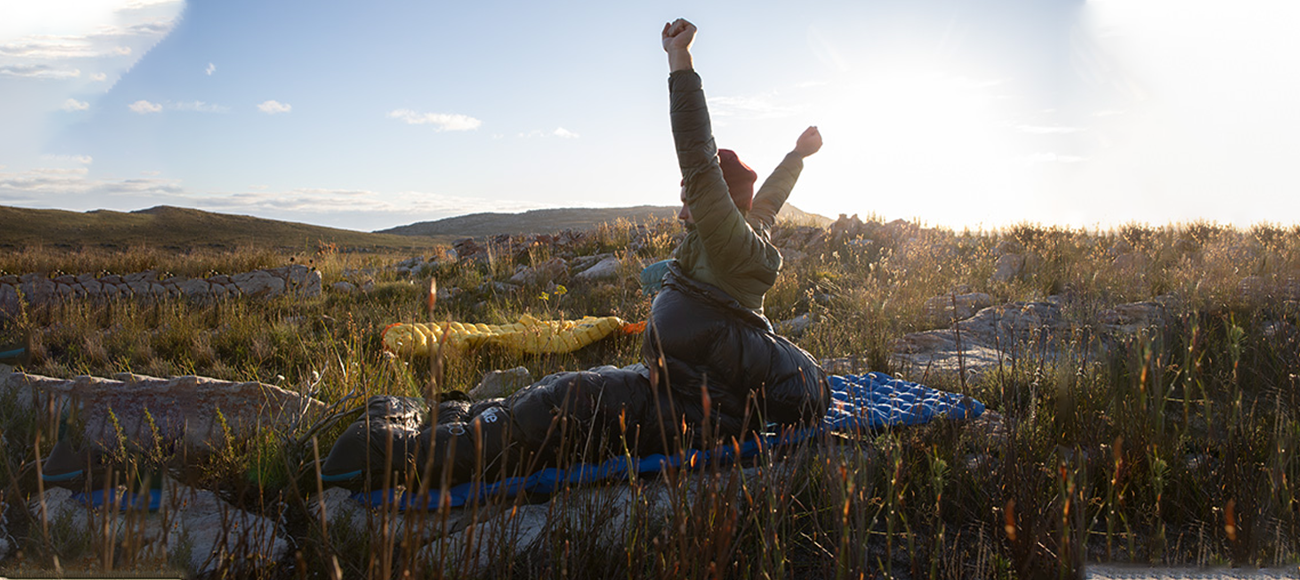







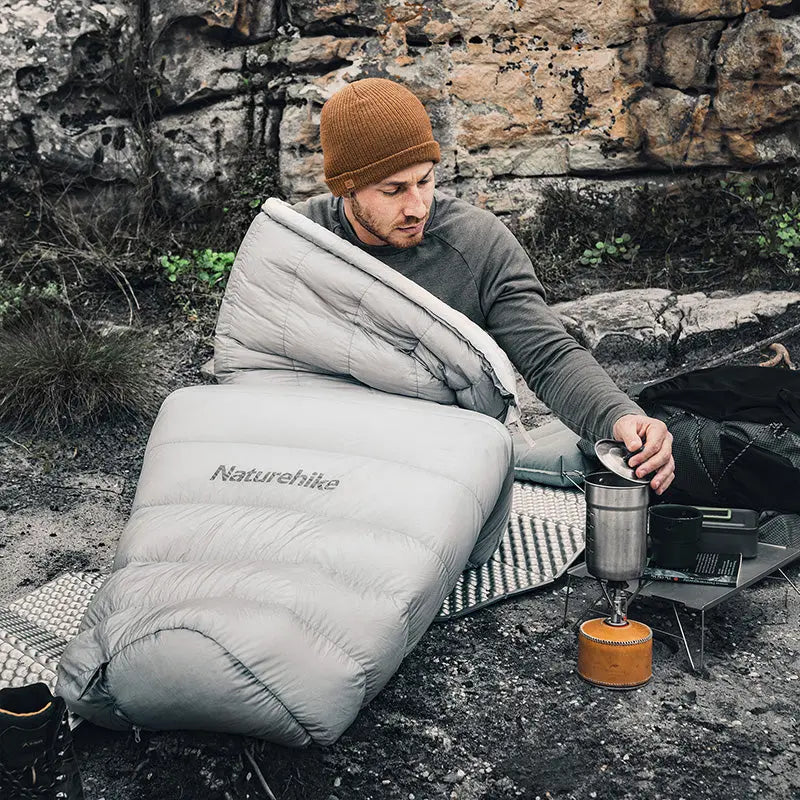

Dear Naturehike!
I have little invisible hole on my naturehike inflatable pad. With what can i repair it?
Best wishes,
Tibor Hidasi
Leave a comment